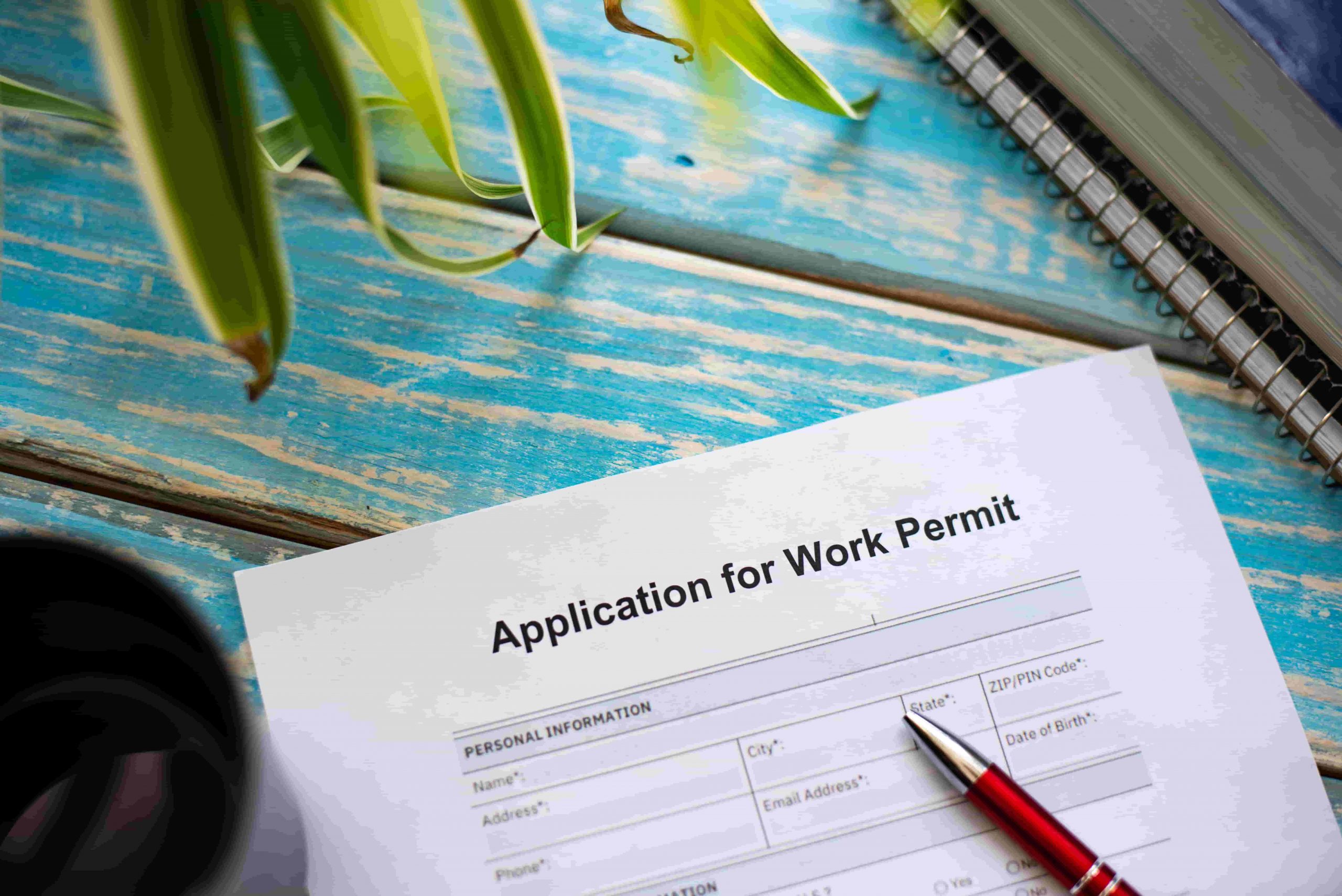Starting a new job is always a daunting task, especially in a country you have only recently started to call home.
On top of moving to a new country and meeting new people, you will be faced with the added challenge of understanding your tax rights and obligations.
But don’t worry. We have got your back!
You no longer need to stress about your tax requirements. This handy guide will tell you everything you need to know about Canadian tax.
Your tax residency status
Before filing your tax return, you must take into consideration your Canadian residency status.
It is necessary to file your tax return under the correct residency status. Failing to do so may cause you difficulties with the Canadian tax authorities in the future.
Here are a number of points you should consider when determining your residency status:
- Your residential ties in Canada
- Why you are traveling and for how long
- Your ties to other countries

So, are you considered a resident or non-resident?
The question that causes much confusion and misunderstanding when filing your tax return is “are you a resident or non-resident?” The following should clear this up for you once and for all.
You are a non-resident for tax purposes if:
- You normally live in another country and are not considered a Canadian resident
- You have no significant residential ties in Canada
- You lived outside of Canada during the tax year
- You resided in Canada for less than 183 days within the tax year
You may also be considered a non-resident if you are on a working holiday visa and plan to return home once it is expired, or you have never filed a tax return in Canada before.
You are an ordinary resident in Canada for tax purposes if Canada is the place where you live on a regular basis.
Finally, you may also be considered a resident if you have any of the below in Canada:
- A spouse or partner
- A house or apartment
- Dependants
What documents will you need when starting work in Canada?
TD1 Form
You are required to fill out a TD1 form when starting any job in Canada.
This is a personal tax credit form used to determine how much tax you should pay on your income.
The form needs to be filled out every time you start or change employers in Canada.
It is necessary that you fill out the form carefully, especially if:
1. You worked outside Canada in the same tax year
It is important to note that you might not be entitled to claim the tax credits that allow you to earn tax-free income in Canada if you earned income from outside Canada in the same year.
A method to help you identify whether or not you qualify to claim the tax credits is the 90% rule.
Simply put, if you did not earn 90% of your income in Canada within the tax year, you are not entitled to claim tax credits.
You should consider this rule when you are filling out your TD1 form.
You should enter 0 in box 13 and tick “No” on the non-resident question on the form if you did not earn 90% of your income in Canada for that year.
If you do not file your TD1 form correctly, you could end up paying more to the Canadian tax authorities when you file your annual Income Tax Return.
So, it is safer not to claim the credits if you are unsure about the rule.
2. You work two or more jobs at the same time in Canada
You must fill out a TD1 form for each job that you work in Canada.
It is important to note that you can only claim tax credits from one job.
Generally, it’s more beneficial to claim the credits from the job that pays the best.

Social Insurance Number (SIN)
Before you start to work in Canada you need to have a valid Social Insurance Number (SIN).
The SIN is a 9 digit number issued by Service Canada.
Canadian citizens get their permanent SIN when they are born in Canada.
Non-residents in Canada with a valid work permit can get a non-residential SIN valid for the period of their employment in Canada.
The SIN for non-Canadians, who are temporary in Canada starts with “9” and the period of validity should be marked on the letter from Service Canada.
Filing a SIN application is one of the first things you should do when you land in Canada for the first time.
You have to provide the SIN to your employer within 7 days after the start of your employment.
The work permit can be extended until the non-resident continues to work in Canada and this extends the SIN validation.
If you don’t extend your work permit your SIN becomes invalid for work in Canada, but you still can use it to file your Income Tax Return in Canada.
If you meet the requirements to become a permanent resident in Canada you can apply and get a permanent Canadian SIN.
The permanent SIN doesn’t expire and with it, you don’t need to extend the work permit in order to work in Canada.
Read Also:
LOST YOUR SOCIAL INSURANCE NUMBER OR HAD IT STOLEN? – HERE’S WHAT TO DO

Work Permit
If you are not a citizen or a permanent resident in Canada you might need a work permit in order to work in Canada.
Normally, you should have a work permit before you enter the country.
However, in some cases – for example, if you are entering Canada from the United States and you have a valid job offer, you can apply at the border.
In order to apply for a work permit in Canada, you need to contact Immigration and citizenship Canada.
Canadian Payment Documents
T4, T4A and T4A-NR Slips
You will need your T4 slip when filing your tax return in Canada.
The slip is issued by your employer and contains a summary of the income you have earned and the tax you have paid in a tax year.
A generic T4 slip records income received only through employment, whereas a T4A declares income from an extensive list of categories, including pensions, scholarships and grants.
So basically, you will receive a T4A slip if you have income from a pension, retiring allowance or other types of income like benefits for medical premiums or death benefits.
The T4A- NR slip is filled out by a Canadian payer for payments to a non-resident for services provided in Canada.
It reports income from fees, commissions or amounts different than salaries that are paid to someone who isn’t a resident of Canada.
For example, an Irish citizen who provides contractor services in Canada, working on a project for a Canadian company without being in Canada and/or having a working holiday visa will receive a T4A-NR slip for the received Canadian payments.
The Double Taxation Agreement
Tax treaty eligibility, also known as the double taxation agreement, can affect the way you are taxed once you begin working in Canada.
Double taxation agreements ensure that non-residents don’t get taxed on the same income twice.
For example, Ireland and Canada have signed a double taxation agreement. This allows Irish citizens to work in Canada on a working holiday visa without getting taxed on their income in both countries.
It is important to note that not all countries have a double taxation agreement with Canada.
It is crucial that you clarify this before you begin earning income to avoid getting taxed a hefty amount.

Claiming your tax refund
What you might not know is that you are entitled to a tax refund if you overpay your tax while working in Canada.
You can apply for a tax refund when you file your tax return. You are entitled to a tax refund if you overpaid:
- Income tax
- CPP (Canadian Pension Plan)
- EI (Employer Insurance)
Sprintax TDS Canada can help you to prepare your tax forms correctly and claim your maximum Canadian tax refund.
Want to claim your Canadian tax refund?
Contact Sprintax TDS Canada
Who can help me with my Canadian tax?
If you are still having trouble understanding the Canadian tax system, why not let someone else do the hard work for you.
Sprintax TDS Canada enables non-residents and international students in Canada to ensure that they are taxed accurately from the moment that they start work.
Once you create your account and answer a few questions, you can leave the rest to us.
The software works to determine your tax residency status, calculate your tax withholding and generate all-important forms such as the federal and provincial TD1 forms and TP-1015.3-V form.
Instead of spending hours gathering all the relevant pieces of information needed to file your tax return, the tax determination system will do this for you, saving you time and effort, while ensuring you remain fully compliant with the Canadian Revenue Agency (CRA).
And the best part? Sprintax TDS Canada is a cloud-based product, this means you can log into your account anywhere, at any time.
To guarantee your compliance with the CRA, simply create your Sprintax TDS Canada account today.





